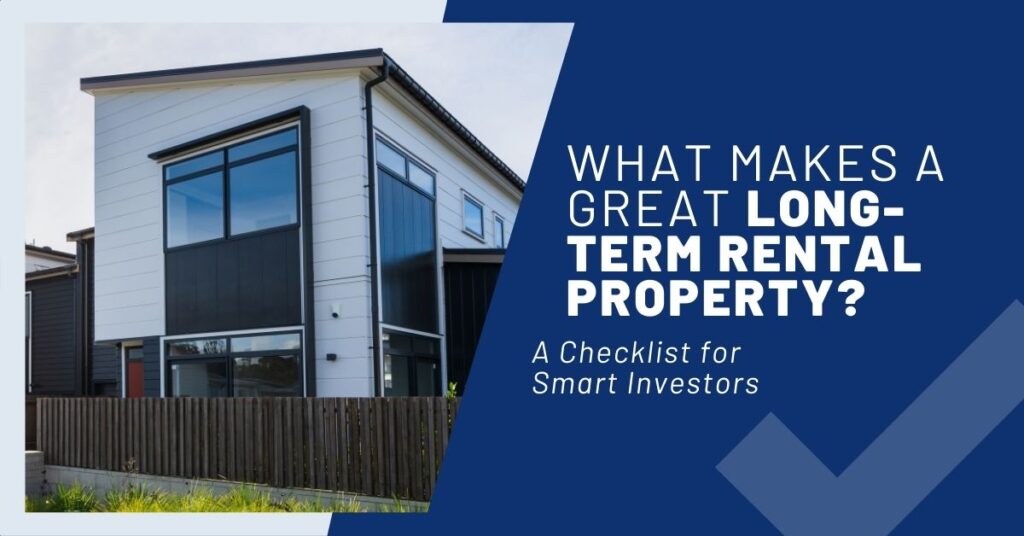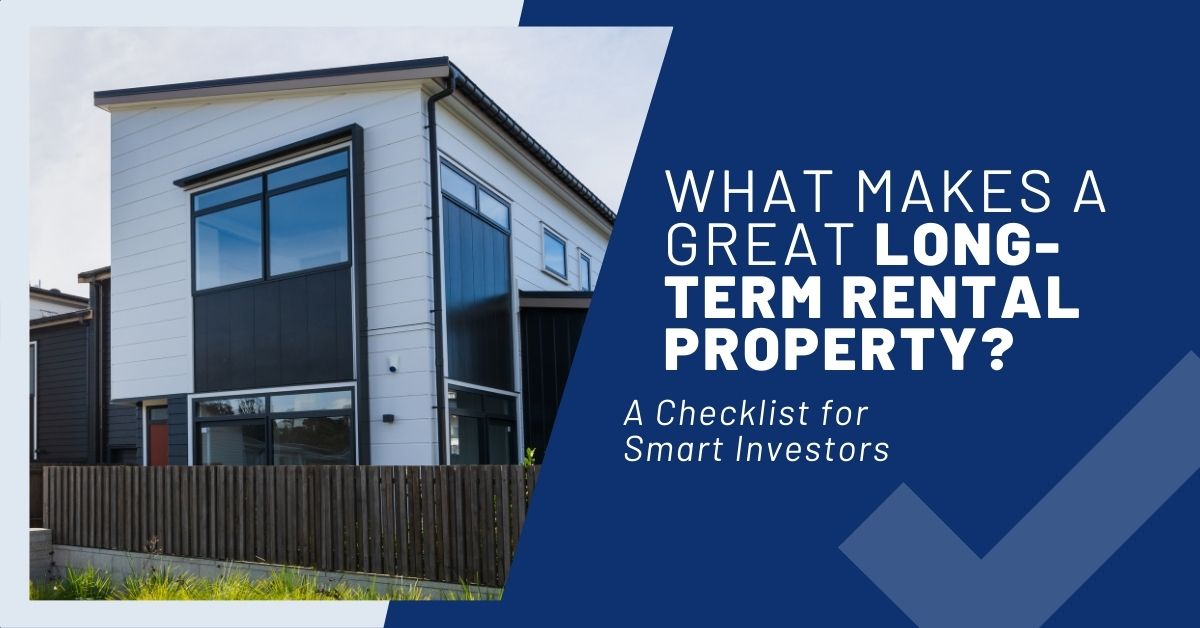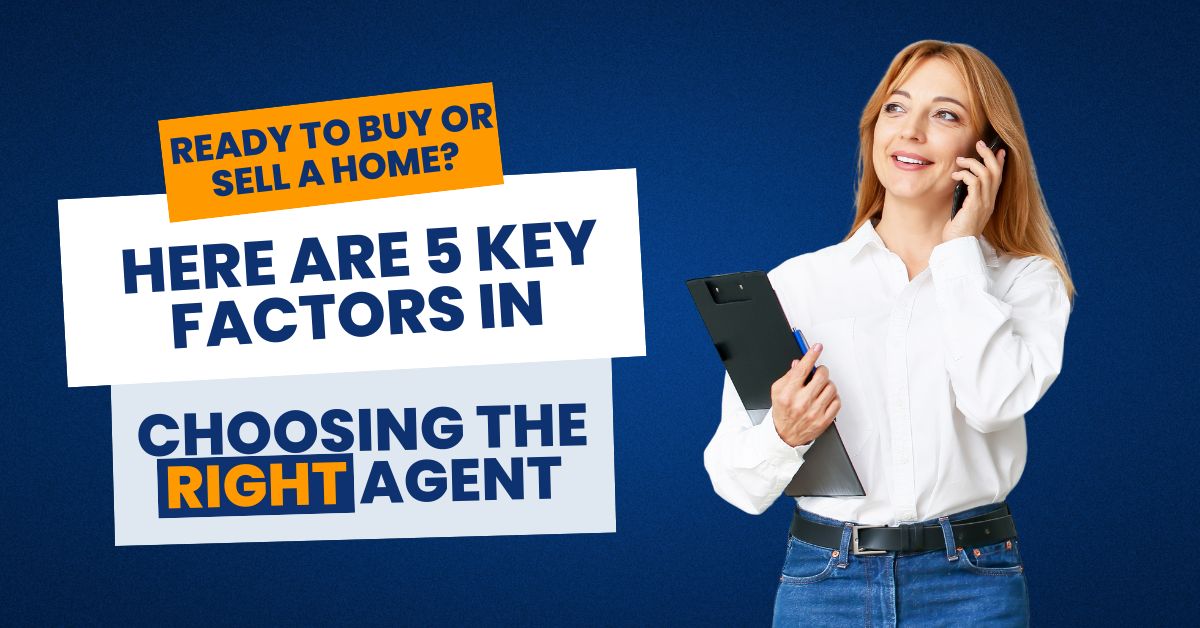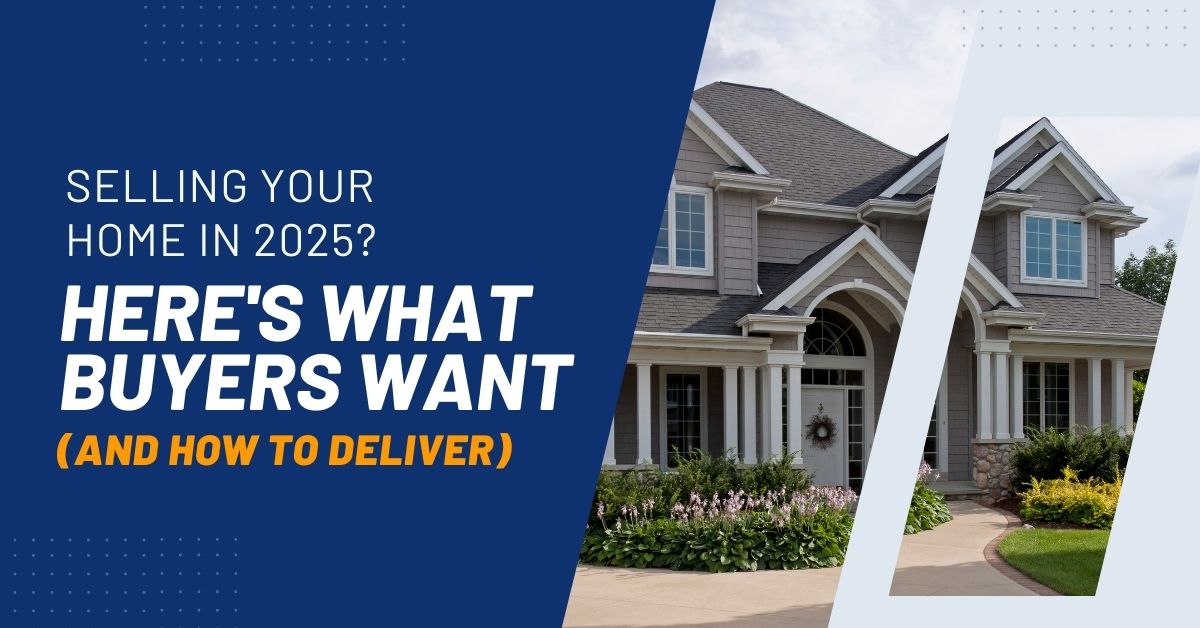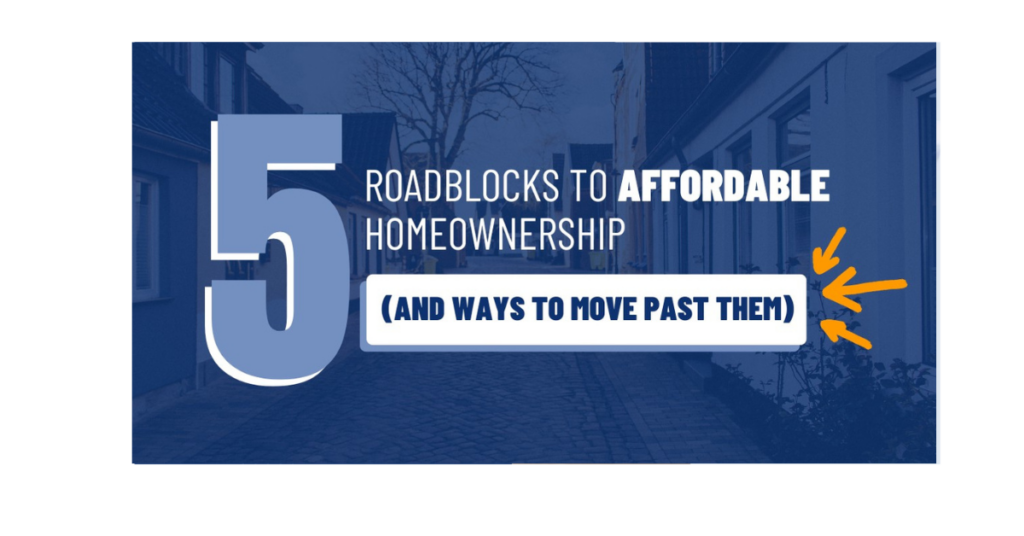

Timing isn’t everything in real estate, but it can still be the difference between saving real money or paying a premium, selling in 30 days or sitting for three months, and negotiating from a position of strength or uncertainty. As we look toward 2026, that timing question matters even more in Canada. CREA is calling for a modest pickup in activity into 2026 as rates ease and confidence returns, which means we’re heading back into a more “normal” seasonal market, not the anything-goes conditions of the pandemic years.1 Knowing when to make your move can have a real impact on the outcome.
The challenge? Not everyone gets to wait for the “perfect” month. Job relocations still happen in January. Military, government and corporate transfers often target late spring. Families want to be settled before school starts in September. So instead of chasing a mythical best week, it’s smarter to understand how each Canadian season behaves—and then work inside your timeline.
Spring: Peak Selling Season (March–May)
Spring isn’t called peak season by accident. The Canadian market quite literally wakes up after winter. National brokerages like RE/MAX and Royal LePage say the same thing every year: spring is the most desirable time to list because homes simply show better, buyer traffic is higher, and many buyers want to close in time to move over the summer.3,4 A 2024 analysis from Zoocasa looking at several major Canadian markets showed the same pattern—activity typically ramps up in March, peaks through April and May, and in some years even starts a touch earlier as buyers try to get ahead of the spring rush.2
Buyer psychology helps. Longer daylight means more evening showings. Melting snow and fresh landscaping make detached homes look their best. And families with school-aged kids start shopping in March and April so they can move in July or August. In years when inventory is tight in Toronto, Vancouver, Ottawa/Gatineau or Victoria, this spring surge can still create multiple-offer situations—especially on well-priced, well-located properties. That will be even more likely if 2025’s softer prices tempt more buyers back in 2026.
The Competition Factor
Of course, spring’s upside comes with a trade-off: everyone else knows it’s a good time too. More listings hit the market, so sellers have to do the basics well—accurate pricing, strong photos, pre-list prep, and real marketing—to stand out. Buyers benefit from more choice, but they also face the most competition for the “nice” listings. In hot pockets of the GTA, Calgary, Halifax or parts of the Lower Mainland, that can still mean acting quickly and writing tighter offers than you would in October.
Summer: Extended Peak Season (June–August)
As spring rolls into summer, the Canadian market usually keeps much of its momentum. June is often one of the busiest closing months of the year, and in Quebec there’s an extra push because so many leases turn over on or around July 1—“moving day”—which keeps trucks, buyers, and sellers active.6
Summer lines up perfectly with family life. Kids are out of school, weather is predictable, cottages are opening, and people have time to tour. Outdoor features also show at their absolute best—decks, patios, rooftop terraces, west-facing balconies in Vancouver, even small yards in Toronto. Buyers will often pay a convenience premium here because moving in July is simply easier than moving in January.
By late August, however, you can feel things shift. Early-summer listings that were too ambitious on price can start to look “stale.” Families are turning their attention back to school. Serious buyers are still around, but urgency eases—good news if you were beaten out in June.
A Note on Moving Costs
There’s a very Canadian practical piece people forget: it literally costs more and is harder to book a move in peak season. In Quebec, July 1 is so busy that moving companies advise booking months in advance, and local news outlets report higher rates around that date because demand is intense.6 If your timing is flexible, a late-fall or winter move can save you money.
Fall: Underrated Opportunity Season (September–November)
Fall might be real estate’s best-kept secret—on both sides of the transaction. After summer vacations, a lot of qualified buyers come back into the market, but there are usually fewer new listings than in April or May. That combination gives good properties room to stand out. Royal LePage and Global News have both been noting that fall 2025 is showing more balance and a bit more negotiating room, and if that pattern continues, fall 2026 could be an excellent time for buyers who want value without spring’s bidding wars.4,5
For sellers, fall has another quiet advantage: buyers are more serious. Casual browsers drop off once school resumes and weather cools. People shopping in October usually want to be in before snow and holidays. That natural year-end urgency—close before winter, avoid carrying costs over the holidays, move before the deep freeze—helps deals get done.
This is also when price gaps from summer can show up. As activity cools and more listings sit, buyers can sometimes negotiate a bit more, especially in markets where 2025 softness hasn’t fully cleared out by early 2026. You may not see a giant discount in downtown Toronto or central Vancouver, but you can often get better terms.
Winter: Value Season (December–February)
Winter gets a bad reputation in Canadian real estate because showings are harder, curb appeal is lower, and nobody loves moving in slush. But for buyers with flexibility, winter is often the best value play of the year. Fewer people list when it’s -15°C, so the buyers who are out have more leverage—days on market are longer, and sellers who have to sell are more negotiable. CREA’s 2025 numbers already show a market that’s sensitive to confidence and rates; if that softer tone spills into early 2026, winter buyers will be in a good position.1
Winter also tells you the truth about a property. You can see how the home actually handles a Canadian winter—drafts, windows, ice dams, heating—information you can’t always get from a May showing. That’s powerful for inspections and negotiations.
There are trade-offs, of course. Sellers face the lowest foot traffic of the year, holiday distractions, and limited daylight for showings. Curb appeal is just harder when everything is under snow. But fewer competing listings can work in your favour if you price realistically and present well. Serious buyers will still come out in January—especially job relocations.
Regional Differences: Not All Canadian Markets Are Equal
One thing we have to say in a Canadian version of this post: where you live matters a lot. Seasonal swings are sharpest in places with real winters and short construction/moving seasons—think the Prairies, Atlantic Canada, and most of Quebec—because everyone tries to cram listing, selling, and moving into a six- or seven-month window. In those places, spring and summer really do carry most of the year’s volume.
In contrast, the BC Lower Mainland and much of Southern Ontario can support more year-round activity because weather is milder and buyers stay engaged. Those markets can have excellent fall seasons, and even winter sales don’t fall off a cliff the way they do in January in Winnipeg.
That’s why your local board stats (TRREB, REBGV, OREB, ACI, Nova Scotia Association of REALTORS®, etc.) and your agent’s read on inventory will always beat national averages. CREA and Royal LePage are both projecting more balance and slightly better affordability into 2026, but how that shows up in Halifax versus Calgary versus Montreal won’t be identical.1,7
Pricing Strategies by Season
Pricing strategy has to move with the season. What works in May doesn’t always work in December.
In spring and early summer, when demand is highest, you can afford to be a little more ambitious—especially if your home shows beautifully and there isn’t an identical property for sale on your street. Canadian buyers are used to seeing sharp, competitive pricing in April. A well-marketed, fairly priced listing can still attract multiple offers in 2026 if rates have eased and buyers have come back, as most forecasts suggest.
In fall, it’s smart to price the market you actually have, not the one you remember from May. Slightly more realistic pricing pulls in the serious buyers who came back after summer and want to be in before winter. And in winter, you have to be the most compelling option in your price band. A 5–10% difference in asking price can be the difference between sitting and selling when there are only a handful of active buyers in your segment.
Buyer Offer Strategies by Season
On the buy side, spring and early summer are when you need to be the most organized. Get pre-approved, have your documents ready, and be willing to move fast on the right property. In hotter submarkets, you may still need to improve terms—flexible possession, fewer minor asks, or a slightly stronger price—to beat other buyers.
Fall and winter, by contrast, are when you can ask for more. Smaller buyer pools mean more leverage: closing-cost help, small repairs, longer condition periods, even winter move-in credits if snow removal or storage is an issue. Motivated sellers tend to be most flexible late in the year.
Bottom Line
Seasonality still matters in Canada. Spring and early summer deliver the best visibility and fastest sales. Fall is quieter but often smarter. Winter rewards flexible buyers. But your personal timeline, your province’s climate, and 2026’s rate path should drive the decision more than a calendar myth.
If you tell me which market you’re in—GTA, Lower Mainland, Calgary/Edmonton, Atlantic, or Quebec—I can tighten this even further to match your board’s typical seasonal pattern for 2026.
References
- Canadian Real Estate Association. “CREA updates resale housing market forecasts for 2025 and 2026.” Oct. 16, 2025.
https://www.crea.ca/media-hub/news/crea-downgrades-resale-housing-market-forecast-amid-tariff-uncertainty-and-economic-uncertainty/ - Zoocasa. “Spring’s Impact on Canadian Home Sales.”
https://www.zoocasa.com/blog/springs-impact-on-canadian-home-sales/ - RE/MAX Canada. “Is Now the Best Time to Sell?”
https://blog.remax.ca/best-time-to-sell-a-house/ - Royal LePage. “Slight uptick in activity as fall housing market gets underway, price growth lags behind.” Oct. 15, 2025.
https://blog.royallepage.ca/slight-uptick-in-activity-as-fall-housing-market-gets-underway-price-growth-lags-behind/ - Global News. “Fall housing market moving towards a ‘balance.’” Oct. 15, 2025.
https://globalnews.ca/news/11477731/fall-housing-market-balance/ - North Shore News (Canadian Press). “Quebec’s traditional moving day arrives as thousands still looking for new homes.” July 1, 2025.
https://www.nsnews.com/national-business/quebecs-traditional-moving-day-arrives-as-thousands-still-looking-for-new-homes-10888112 - Royal LePage. “Canadian home sales ease in September after five-month streak of gains.” Oct. 16, 2025.
https://blog.royallepage.ca/crea-monthly-housing-report-september-2025/





